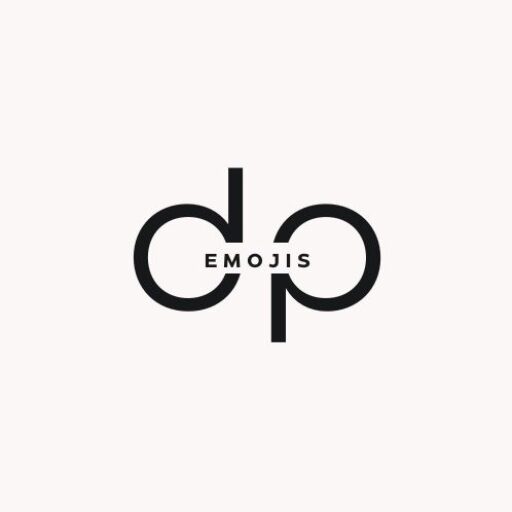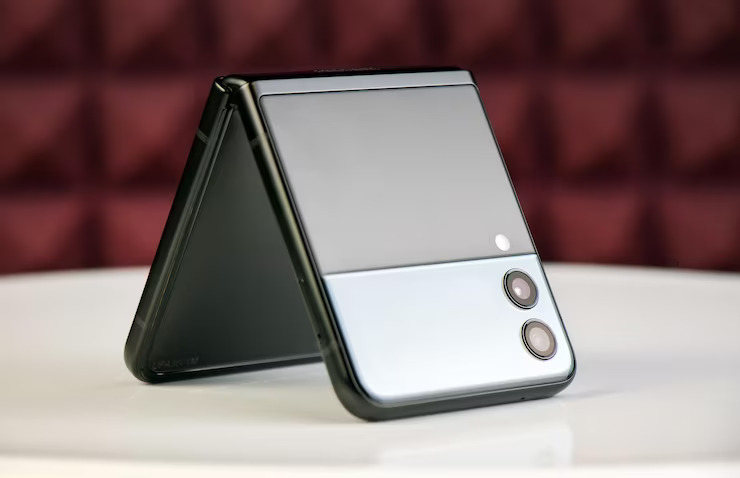Foldable phones have been generating buzz for a few years now, and in 2025, they’ve matured into sleek, feature-rich devices. But while they’re exciting and futuristic, many people still ask: should you upgrade to a foldable phone or stick with a traditional smartphone? This article breaks down the pros and cons of foldable phones so you can decide if this innovative tech fits your lifestyle, budget, and daily needs.
What Is a Foldable Phone?
A foldable phone is a mobile device that features a flexible display, allowing the screen to fold inward like a book or outward like a tablet. Depending on the model, you can have a compact phone that expands into a tablet-sized screen, or a phone that folds to become pocket-friendly. Brands like Samsung, Google, and Motorola are leading the charge, each offering slightly different form factors and features.
Pros of Upgrading to a Foldable Phone
There are compelling reasons why some users are making the switch. Let’s look at the major advantages.
1. Bigger Screen Without Bulk
One of the most appealing aspects of foldable phones is the ability to carry a larger screen without actually carrying a tablet. When unfolded, many foldables offer 7 to 8-inch displays—perfect for watching videos, multitasking, or gaming. Fold it up, and it fits right in your pocket.
This duality is especially useful for professionals, remote workers, and creatives who want more screen real estate on the go without lugging around multiple devices.
2. Multitasking and Productivity
Foldable phones often come with split-screen capabilities, letting users run two or more apps simultaneously. Want to attend a Zoom call while taking notes? Or browse a website while chatting on WhatsApp? Foldables are built for that kind of efficient multitasking.
Some models even let you open floating windows, drag and drop files, or use a stylus for sketching and note-taking—all features that boost productivity for business users and students alike.
3. Flex Mode and Creative Use Cases
Foldables introduce new ways to interact with your device. Features like “flex mode” allow the phone to be partially folded and propped up, turning it into a mini laptop for video calls or a tripod for hands-free photography.
Creators also love the built-in versatility for filming videos, taking time-lapse shots, and editing photos with a larger touch interface. It’s not just about utility—it’s about possibilities.
4. Premium Design and Tech Appeal
Foldable phones often serve as status symbols thanks to their futuristic design and high-end materials. If staying ahead of tech trends is important to you, owning a foldable phone puts you at the cutting edge. The wow factor alone turns heads and sparks conversation.
5. Continuous Innovation
The foldable phone market is rapidly evolving. Unlike traditional smartphones that have plateaued in terms of design, foldables are seeing constant improvements—stronger hinges, better batteries, thinner bodies, and more durable displays. Early adopters are rewarded with fresh features every year.
Cons of Upgrading to a Foldable Phone
While foldable phones offer undeniable advantages, they’re not the perfect choice for everyone. Here are the drawbacks to consider before making the switch.
1. High Price Tag
One of the biggest hurdles is cost. Foldable phones are significantly more expensive than standard smartphones. Even entry-level models can cost as much as a flagship traditional phone, and premium foldables often exceed $1,500.
This makes them a luxury purchase, which may not be justifiable for users who only use their phone for basic tasks like messaging, calling, and light browsing.
2. Durability Concerns
Although manufacturers have improved the durability of foldable screens, they’re still more fragile than glass-covered smartphones. The flexible display can be vulnerable to scratches, pressure, and dust, and the hinge is a mechanical part that can wear over time.
While most brands offer warranties and water resistance, many users still hesitate over long-term reliability.
3. Battery Life Trade-offs
Foldable phones have to power larger displays, which can take a toll on battery life. Some models struggle to last a full day with heavy use, especially when multitasking on the unfolded screen.
Battery improvements are on the way, but if battery longevity is your top priority, a traditional phone might still perform better on average.
4. App Compatibility and Optimization
Not all apps are optimized for foldable screens. While popular apps work fine, some may not make full use of the larger display or may behave unexpectedly in split-screen mode. This can lead to a slightly inconsistent user experience, especially with less frequently updated apps.
That said, developers are catching up, and most mainstream apps have already made their platforms foldable-friendly.
5. Learning Curve and User Preferences
Foldables aren’t for everyone. There’s a bit of a learning curve when adjusting to multitasking, split-screen gestures, and folding interactions. Some users may find the extra features unnecessary or prefer the simpler, one-hand use of a standard phone.
Also, the added thickness and weight (when folded) can be inconvenient for users who value sleek, minimal devices.
Who Should Upgrade to a Foldable Phone?
A foldable phone makes sense if:
-
You regularly multitask on your phone and need extra screen space
-
You value innovation, design, and cutting-edge tech
-
You’re a digital creator or professional who benefits from larger visuals
-
You’re comfortable investing in premium devices
However, you may want to hold off if:
-
You prefer compact, durable, and budget-friendly phones
-
You’re concerned about long-term durability
-
You don’t use your phone for productivity tasks or entertainment
What to Look for in a Foldable Phone
If you’re considering a purchase, look for:
-
Hinge durability and warranty coverage
-
Display resolution and refresh rate
-
Battery capacity and charging speed
-
Stylus support (if needed)
-
Compatibility with the apps you use most
Also, consider if you prefer a book-style foldable (like the Samsung Galaxy Z Fold series) or a flip-style model (like the Z Flip or Motorola Razr), depending on your use case and portability needs.
Final Verdict
Foldable phones represent the future of mobile technology—but whether you should upgrade depends entirely on how you use your phone today. For users who value screen space, multitasking, and design innovation, foldables offer a thrilling experience. For those who prioritize cost, durability, and simplicity, a traditional smartphone may still be the smarter choice.
In 2025, the decision to upgrade is no longer about whether foldables are functional—it’s about whether they’re right for your lifestyle. The pros are strong, the cons are real, and the answer ultimately comes down to personal fit. Consider your needs, try a demo if possible, and make the move only if the advantages align with how you live, work, and play.
Let me know if you’d like this turned into a comparison chart, short version for social media, or optimized layout for your blog.




